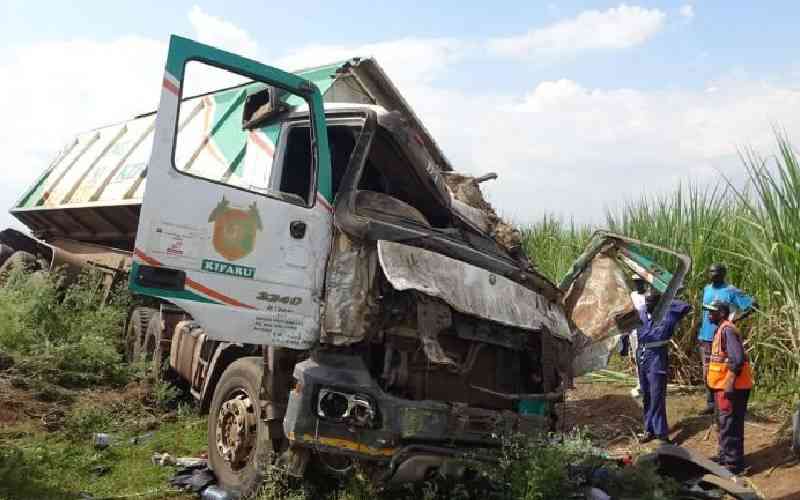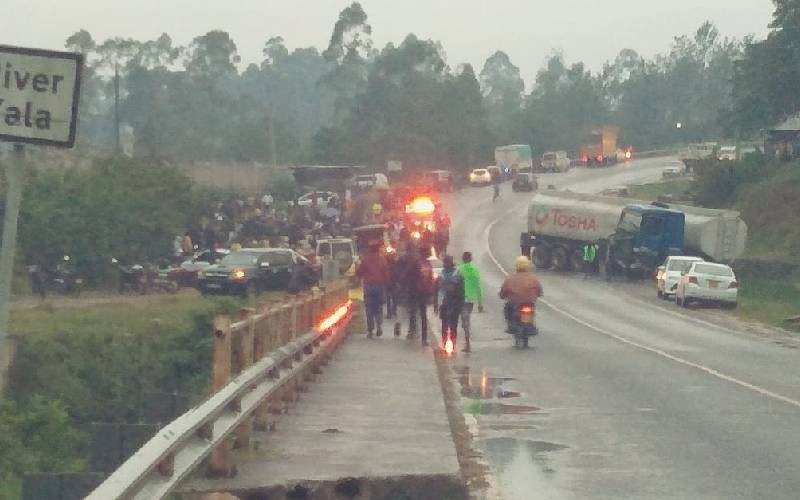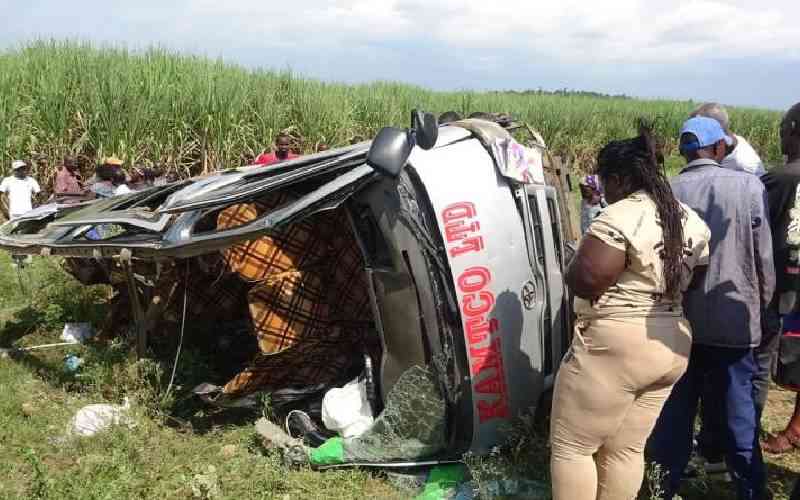NAIROBI: Issues of traffic management and road safety call for an inclusive conversation on how to address the challenges we face as a country in the transport sector. The National Transport and Safety Authority (NTSA) and indeed other stakeholders and partners in the road transport sub-sector acknowledge that there remains much more to be done in streamlining road transport management and the overall road safety initiatives.
That drink-driving poses a great risk in undoing the strides made in road safety efforts cannot be gainsaid. In this respect, NTSA is still determined to continue with its road safety interventions, especially measures to curb drink- driving through the alcohol breathalyser tests, popularly referred to as “Alcoblow”.
From March to September 9, 2015, NTSA has registered a total of 2,644 cases of motorists driving under the influence of alcohol. The month of August recorded the highest number of drink-driving cases, with a total number of 628 drunk drivers charged with the offence. The authority’s statistics further show a significant increase in fatalities involving young drivers between the ages of 20 and 44 years. Since the beginning of the year, the country has recorded 184 fatalities of young adults between the ages of 20 and 24 years. This number goes higher up to 234 lives lost for ages between 25 and 29 years.
The numbers rise significantly to 258 fatalities for the age group of 30 to 34 years. Between the ages of 35 to 39 years, 213 fatalities were recorded and a further 141 fatalities have been recorded for the 40 to 44 years age bracket.
These figures indeed tell a story. Going by these numbers in the respective age brackets, it is imperative to note that the country is losing its most productive age groups and the future drivers of our nation’s economy.
The main reasons why our young adults are at a higher risk of being in such motor vehicle crashes is lack of driving experience and their tendency to take risks while driving.
Young drivers have also been known to drive over the speed limit while under the influence of alcohol. In addition, these age groups do most of their driving at night, which is even more difficult and risky.
This trend calls for a multi-faceted approach of educating and creating awareness for these specific age groups. Let us all be open about this trend since it has become a societal problem and challenge. Relevant stakeholders in both the public and private sectors must join hands to proactively engage and consult on this serious challenge.
The authority has also noted an upsurge of drink-driving amongst public service vehicles crew and drivers of school transport vehicles.
NTSA will enhance its daytime anti-drink-driving campaigns to target these two groups. These groups of drivers are indeed supposed to have zero level of alcohol.
Our road safety enforcement teams are therefore on the look-out to enforce the zero tolerance to drink-driving among public service vehicle drivers and drivers of institutional vehicles; and indeed all motorists. NTSA is equally building its capacity through recruitment and training of road safety enforcement officers as one of the immediate interventions to curb the rising cases of drink-driving.
The authority is mainly focusing on enforcing regulations and laws that relate to the key factors that have been identified as being responsible for the increase in road fatalities. These are speeding, reckless and dangerous driving while under the influence of alcohol, pedestrian crossing in non-designated areas and motorists’ failure to comply with traffic rules and regulations.
In addition, NTSA has activated motor vehicle inspectors whose role is to identify all un-roadworthy vehicles and restrict their movement on our roads and also check the use of fake driving documents by unlicensed drivers.
Road safety is a responsibility of all road users and the success of the road safety campaigns will undoubtedly depend on the role played by all stakeholders.
Stay informed. Subscribe to our newsletter
The role of the media is particularly important in raising road safety awareness and this cannot be overemphasised.
The Government alone cannot win this war. NTSA is also working closely with county governments by setting up County Road Safety Committees so that road safety initiatives can be cascaded down to the grassroots.
 The Standard Group Plc is a
multi-media organization with investments in media platforms spanning newspaper
print operations, television, radio broadcasting, digital and online services. The
Standard Group is recognized as a leading multi-media house in Kenya with a key
influence in matters of national and international interest.
The Standard Group Plc is a
multi-media organization with investments in media platforms spanning newspaper
print operations, television, radio broadcasting, digital and online services. The
Standard Group is recognized as a leading multi-media house in Kenya with a key
influence in matters of national and international interest.
 The Standard Group Plc is a
multi-media organization with investments in media platforms spanning newspaper
print operations, television, radio broadcasting, digital and online services. The
Standard Group is recognized as a leading multi-media house in Kenya with a key
influence in matters of national and international interest.
The Standard Group Plc is a
multi-media organization with investments in media platforms spanning newspaper
print operations, television, radio broadcasting, digital and online services. The
Standard Group is recognized as a leading multi-media house in Kenya with a key
influence in matters of national and international interest.








